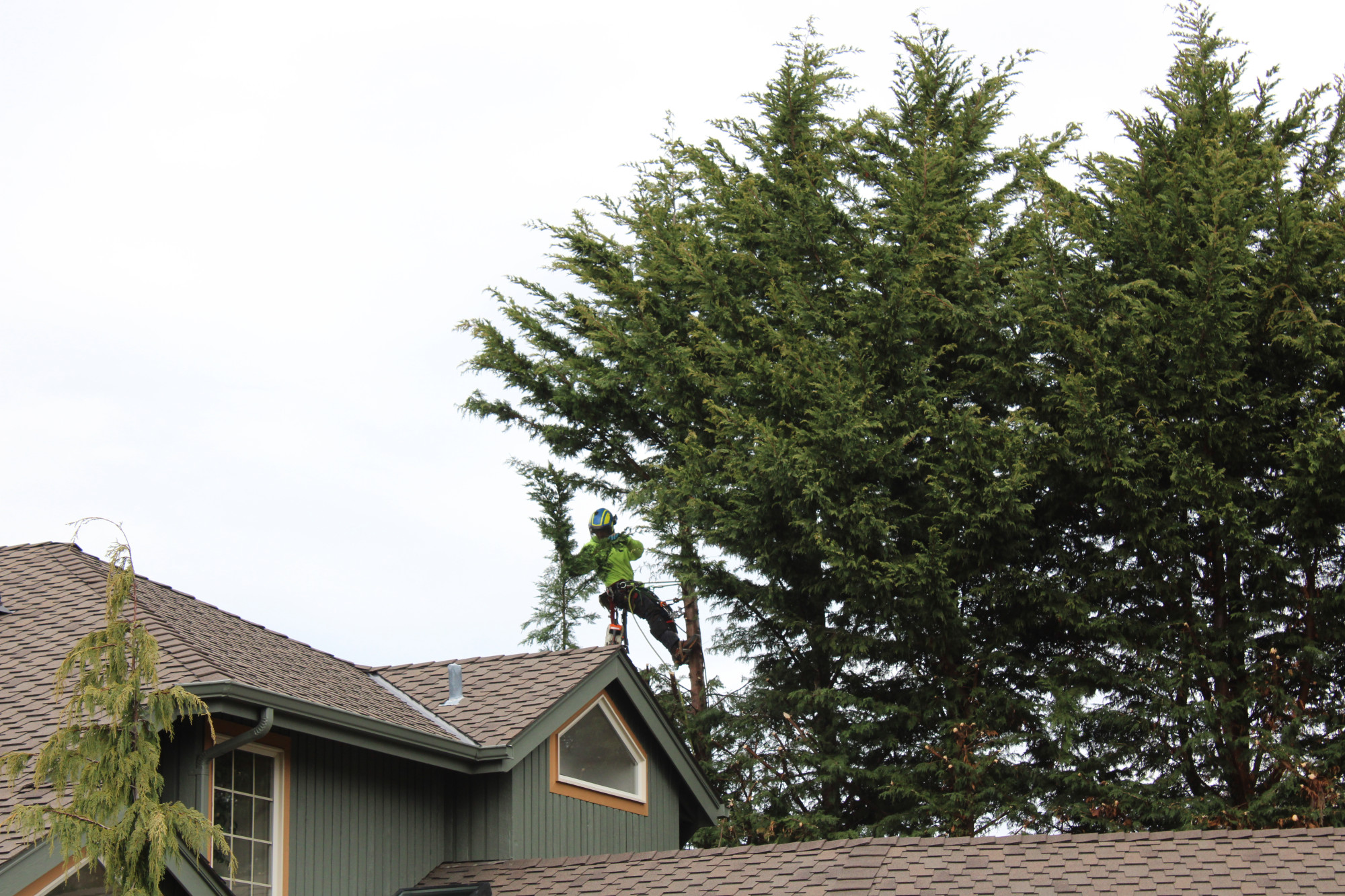Spring Tree Pruning: How how is it different?
Pruning is beneficial throughout the entire year. However, the technique and objective of pruning differ from season to season. When having your trees pruned, whether you are safely tackling this project on your own or hiring a professional tree care company, it’s important that these differences be considered in order to create the best outcome for your trees’ long-term health and growth.
Pruning during the dormant season
After their leaves drop in the fall up until their buds arrive in the early spring, trees are in a dormant phase. Pruning during this time can be good for your tree’s health because it gives the pruning cuts time to heal since the tree is already in a resting stage. When trees are in this phase, pruning by doing small cuts to give the tree a maintained look is a good technique because it will remain like that until spring when it is no longer dormant.
Pruning during the spring
Early spring is the best time for restoration pruning, as all the sun and moisture from rain and sometimes snow in Washington make for an amazing growing season for trees. Since regrowth is a top goal when pruning, a strong growing season such as what we experience here in Washington means that professional arborists are able to make more dramatic, yet strategic cuts when pruning.
Benefits of Spring Pruning
Due to an optimal growing season, if your objective is restoration or reduction that requires larger cuts, spring is the best because the conditions allow the trees to fill out within a few months post-pruning, just in time to show off during the summer.
1. Tree Restoration Pruning
There can be many reasons that a tree needs to be restored. Whether that be from storm damage, pest or fungal infestation, or damage from previously poor pruning practices such as tree topping, getting a tree back in good health can require more dramatic cuts. This is why we recommend spring for this type of pruning as it allows for regrowth after restoration pruning.
2. Tree Reduction Pruning
To control how big a tree gets and avoid it obstructing a view or growing into other objects, making strategic cuts to reduce the crown is a common practice among professionals. Early spring is a great time for this because larger cuts may be required when doing this type of pruning to get the desired shape and size.
Early spring can be a great time to have pruning done to your trees because it’s an optimal time for regrowth. If you want to learn about how your tree can be pruned to restore a damaged tree or prune for size and aesthetic purposes, schedule a free consultation online or with one of our field representatives to have one of our local, professional arborists consult with you on the best way to proceed.
